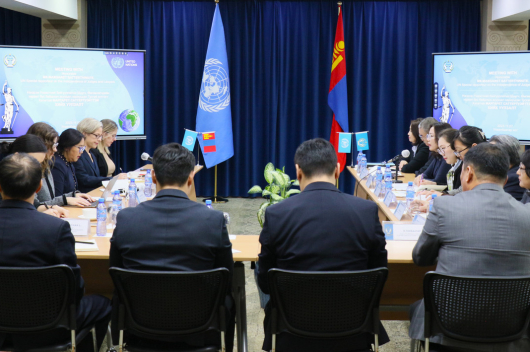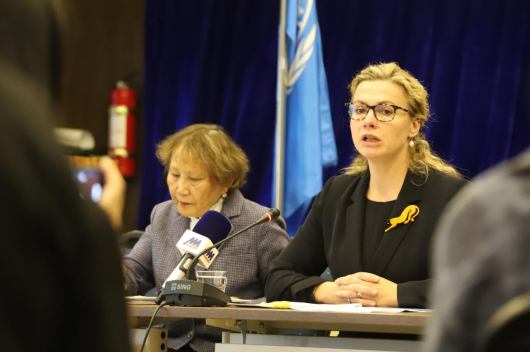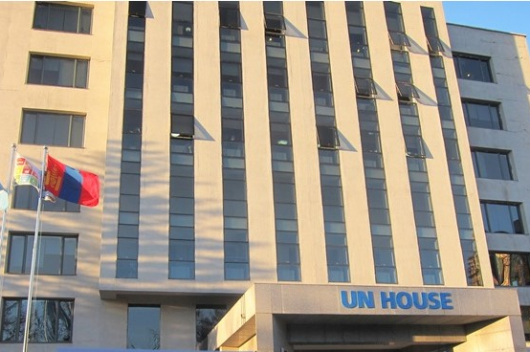A simulation exercise, involving some 17,000 members of the public, local government officials, emergency commission staff, service providers, Mercy Corps and the Red Cross has taken place in northern Mongolia. The hypothetical situation was what would happen if there was a natural disaster in winter and a large number of people were displaced and when temperatures plummet to minus 40 deg C?
The event was part of an emergency preparedness simulation exercise conducted in Bulgan and Sukhbaatar provinces and was organised by the UN International Organisation for Migration’s Mongolia office, in cooperation with Mongolia’s National Emergency Management Agency (NEMA).
The simulation exercise was designed to improve the government’s provision of shelter, water, food, fodder and other necessities to rural households to minimize forced migration during the country’s bitterly cold winter.
IOM in conjunction with NEMA have used the, so called, Displacement Tracking Matrix (DTM): data collections monitor displacement and identify the needs of displaced people. The DTM data generated creates digital maps that can help governments and aid agencies to better respond to humanitarian crises and target people most in need.
In December 2017, IOM, working with NEMA, launched an 18-month project supported by the IOM Development Fund, to build the capacity of the government to track climate change and disaster-related migration. It included the use of the DTM to monitor population movements caused by slow and rapid onset disasters and climate change.
 3,575.44
3,575.44












Related News